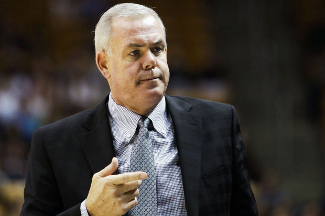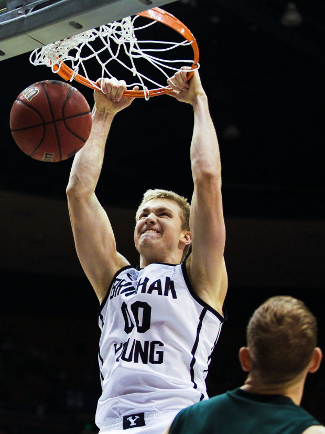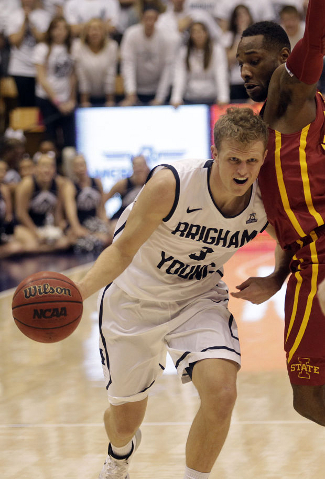Texas Longhorns (4-0) vs. BYU Cougars (4-1)
CBE Hall of Fame Classic Semifinals
Sprint Center | Kansas City, MO | Tip: 6:30 P.M. CT | TV: ESPNU
LRT Consecutive Game #259
For the first time since 2010, the Texas Longhorns have started the season with a 4-0 mark. With the exception of last Monday’s win over Houston Baptist, the victories have come against solid mid-major foes, but they have all required second-half comebacks. Tonight, the young Horns will take a big step up in competition when they face BYU at the CBE Hall of Fame Classic in Kansas City.
The Cougars are coming off of a narrow, two-point loss in an exciting home game against Iowa State on Wednesday. Although that was a missed opportunity for an excellent résumé-building win, the Cougars did secure a road victory over Stanford in a 112-103 track meet that was part of ESPN’s 24-hour hoops marathon.

Dave Rose is ready to get back to the NCAA tournament
(Photo credit: Alex Goodlett/Daily Herald) 
BYU needs Eric Mika to emerge as a post presence
(Photo credit: Alex Goodlett/Daily Herald) 
Texas will have a hard time containing Haws
(Photo credit: James Roh/Daily Herald) |











